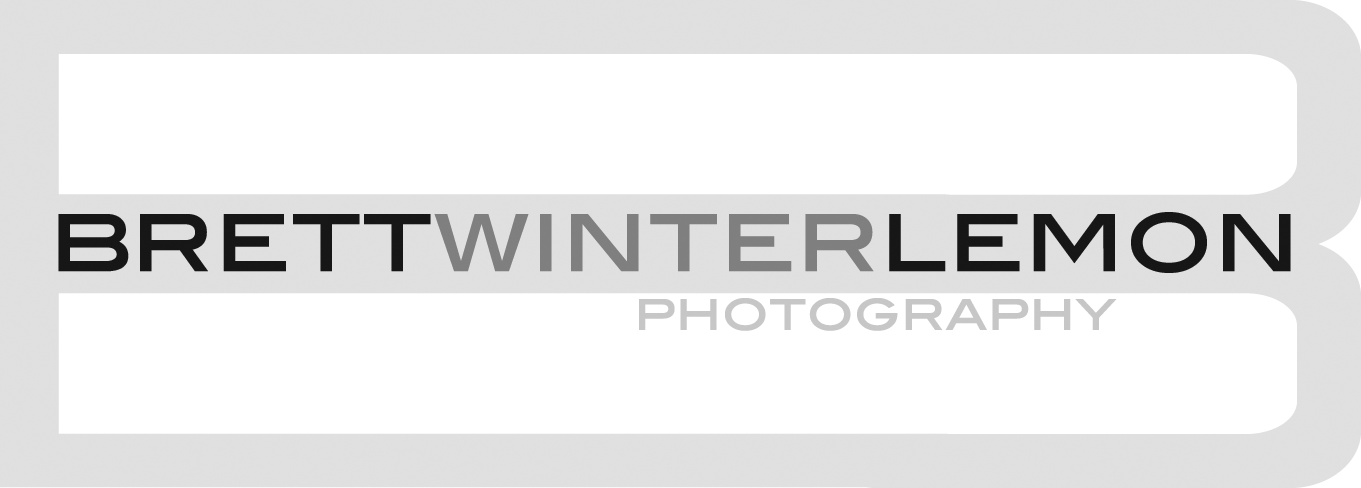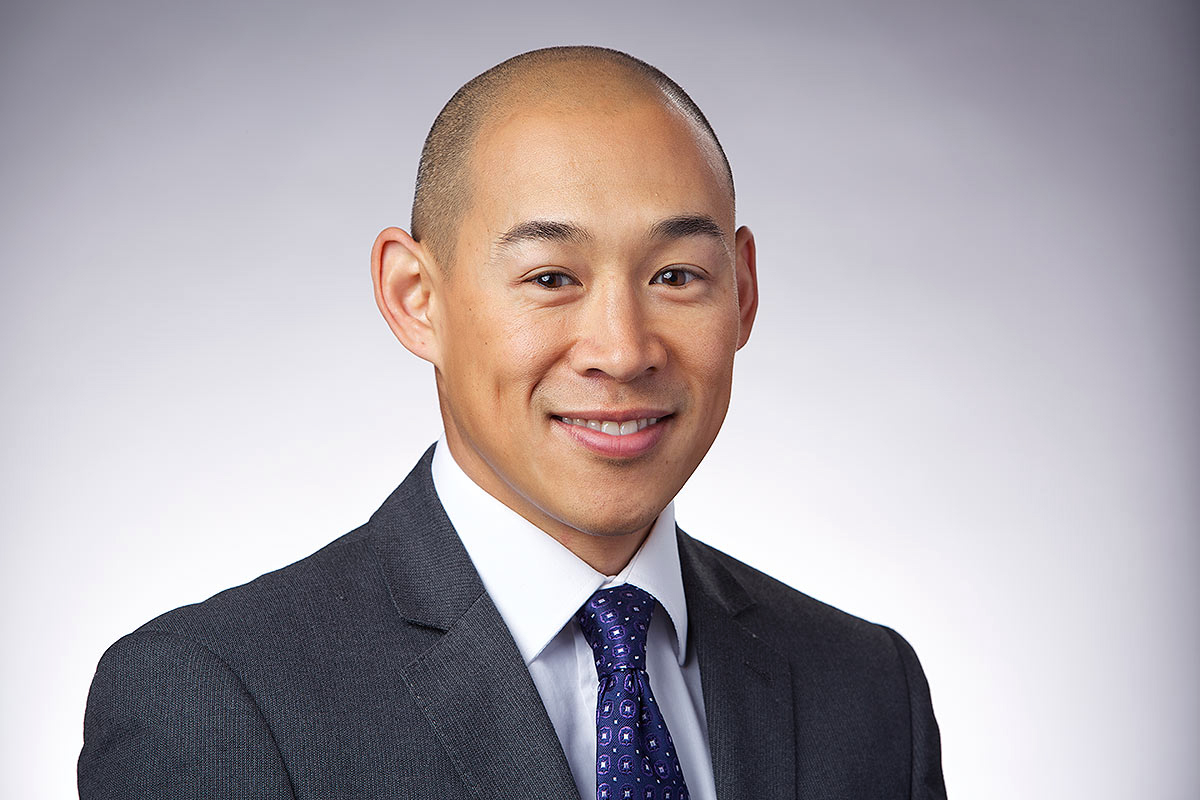Corporate Portraits – In the Office
I’ve written blog posts on portraits in the past, but when it comes to corporate portraits, you can often look at it in two ways. You can shoot portraits in an outdoor location, or in an office location. A lot of the fundamentals are the same, but sometimes the atmosphere, lighting, and gear can look very different. In this post, I want to consider corporate portraits taken in an office setting. Often Brett will travel in Raleigh or Roanoke and bring all of his equipment to his client’s work environment. Sometimes this shoot takes place in an office, sometimes in a strategic place within or outside the building. Setting up for these shoots often involves portable gear and a thorough understanding of the lighting.
Ambient Light
When you first scope out a location for a photo shoot, pay close attention to the lighting of the room. Think about window light,
overhead lights, or other light sources illuminating the room. Is there enough light to properly expose your image? Are there ways to adjust the light? Look for windows that can be opened or lights that can be adjusted. Would the environment benefit from an external flash? If you are shooting in ambient light and it is not bright enough, there will be a lot of noise in your images when you increase your ISO to compensate. With professional corporate portraits, you need to avoid any noise if possible. The quality of your images reflects on your business and noise reflects poorly on your professional status.
Another thing to consider is the angle of the light. Is the light from the window in front of or behind your subject? The direction of the light source can influence how your image is exposed. When shooting in ambient light without bringing in an external flash, you want your main source of light to be either in front of or to the side of your subject. For instance, if you are using window light, the window should be in front of or to the side of the person whom you are taking pictures of. However, be careful with direct sunlight because it can cause harsh shadows on your subject’s face.
External Flash
You have a plethora of options when it comes to using flash. Your options range anywhere from expensive equipment and high powered lights or even just simple strobes and soft boxes. I recommend starting with one light to experiment with, as well as a soft box, light stand, and remote trigger. This basic light, when assembled and operating, will help serve as a key light to expose your subject. Research different brands and find equipment that best fits your needs as a photographer. Whatever equipment you use, take time to experiment with the gear and figure out which angles are best for shooting.
There is not one single set way to set up your external flash for a portrait. Try different angles and positions for your flash. Try filling light from the side at about a 45 degree angle or with your light source directly in front of your subject. After you have set up your flash, change your position and shooting angles by moving around your subject and experimenting with new perspectives. Different positions will produce much different results. While shooting, continue to make adjustments to the light source until it feels just right. Often, it will take at least some minor adjustments to find that sweet spot for the lighting.
Whether you are using just the ambient light available to you or you are bringing in an external flash, make sure are you are correctly exposing your images. Both ambient light and external flash will have a different feel and expose your image differently, so decide which method best fits your style of photography and the needs of the photo shoot.


